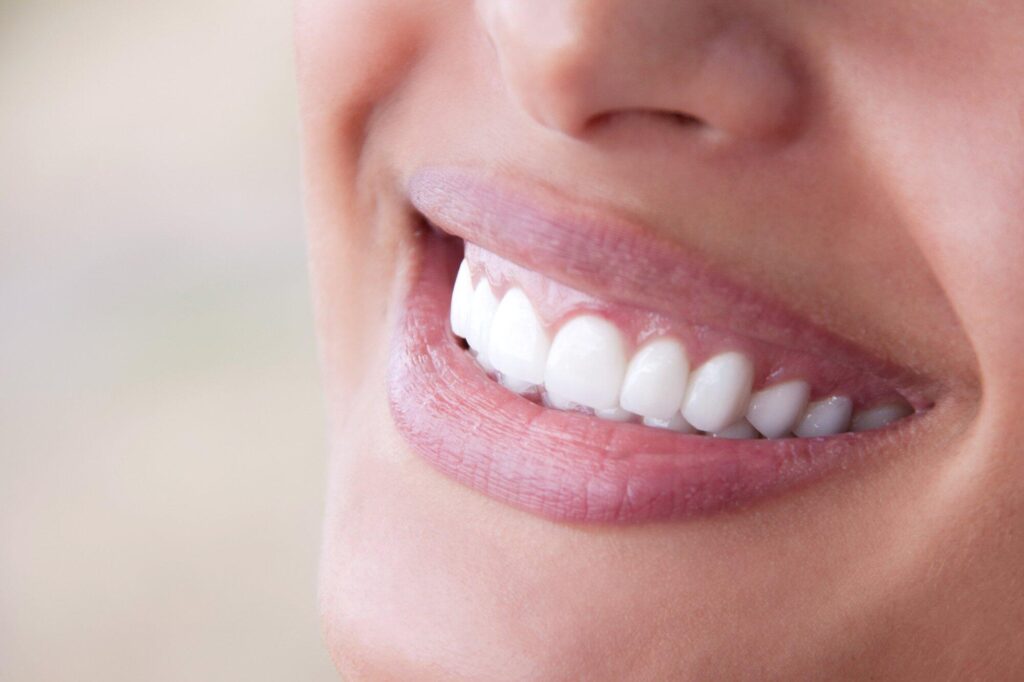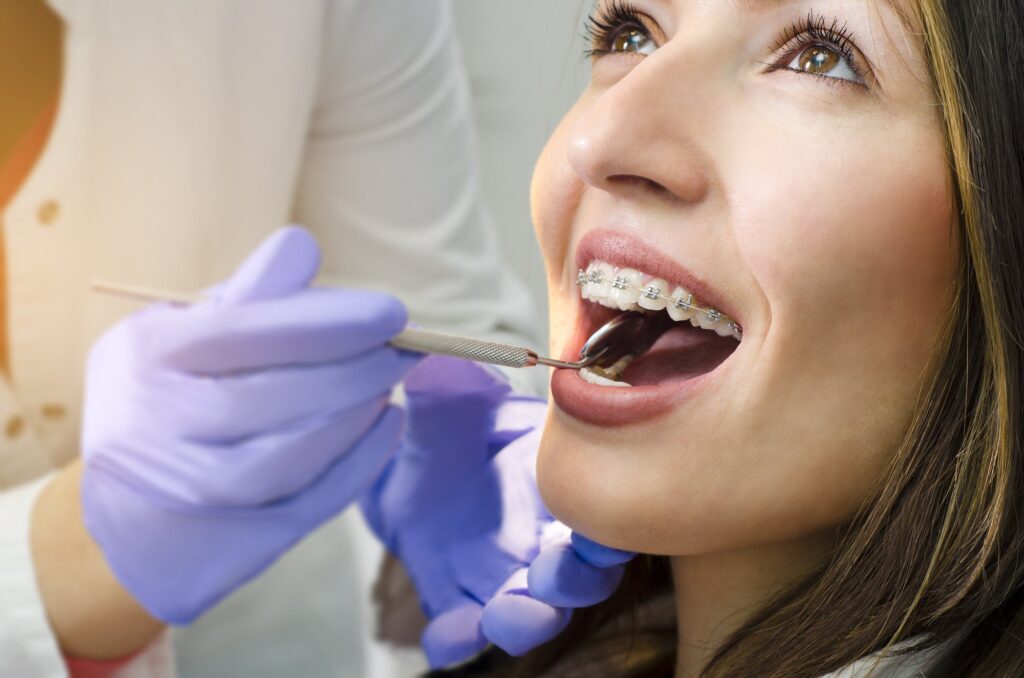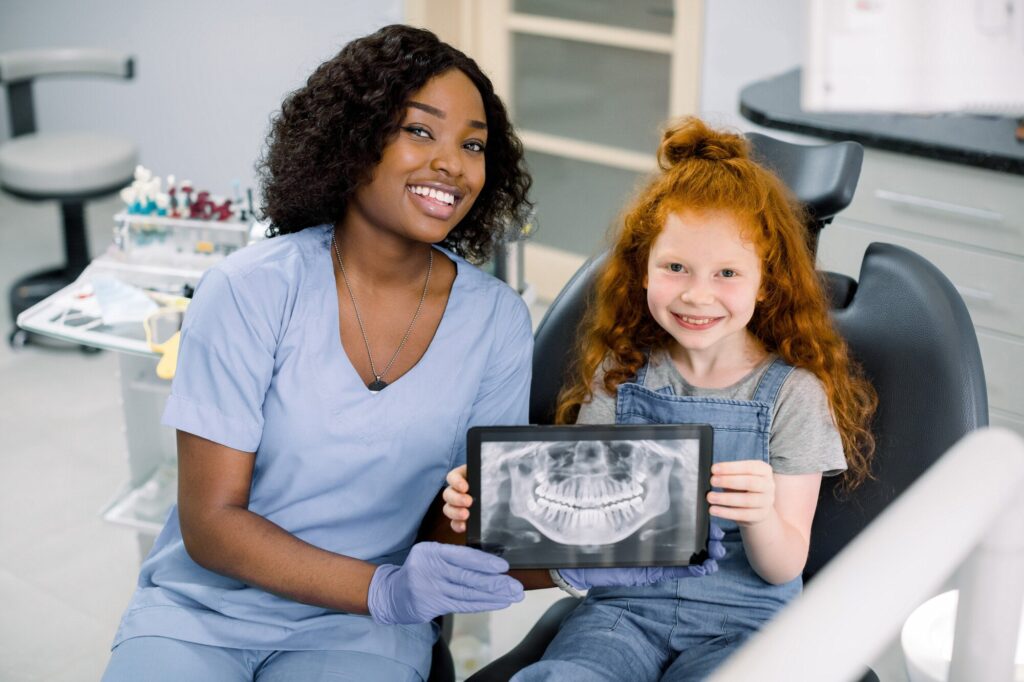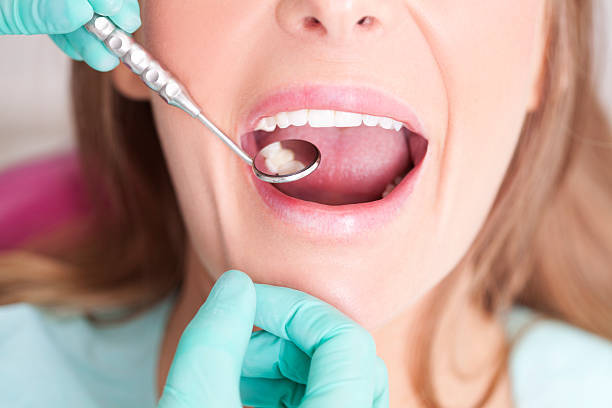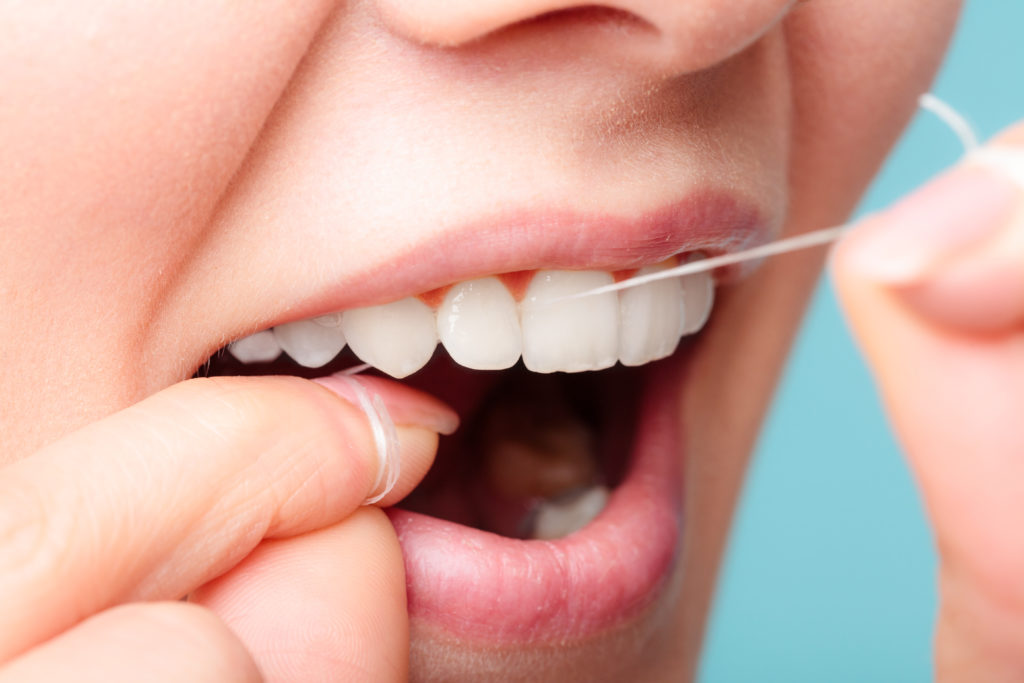February 21, 2024
Are you wrestling with the decision between Inbrace and Invisalign for a stunning smile? This can be a significant choice that affects not just your appearance but your daily comfort and confidence.
In a market flooded with orthodontic options, this article is your guide to making an informed decision. We’ll navigate through the details of Invisalign and Inbrace, unraveling their features, costs, and what makes each tick. By the end of this read, you’ll not only grasp the nuts and bolts of these options but also understand which path could lead you to the smile you’ve been dreaming of.
What are InBrace and Invisalign?
InBrace and Invisalign are two leading options in the world of orthodontic treatment. Each offers a unique approach to straightening teeth.
Invisalign, known for its innovation in orthodontics, uses clear aligners to gradually move your teeth into place. How does Invisalign work? The answer lies in its custom-made, removable aligners that are designed using 3D computer imaging technology. This tech-savvy approach allows for a tailor-made treatment plan that offers a level of customization that’s hard to beat.
On the other hand, InBrace, a newer player in the field, takes a different route. It utilizes lingual braces, which are attached behind the teeth. This design makes them nearly invisible and offers an aesthetic advantage.
InBrace braces are custom-made using advanced technology to fit the unique contours of each patient’s teeth. This process ensures a comfortable and effective treatment.
Both Invisalign and InBrace have revolutionized orthodontic treatment by offering less noticeable, more comfortable alternatives to traditional metal braces. These technological advancements reflect a growing demand for discreet and efficient ways to achieve a perfect smile.
Key Differences
When considering the costs of Invisalign and InBrace, it’s crucial to understand the key differences that justify these investments. One of the primary distinctions lies in their appearance.
Invisalign’s clear aligners are virtually invisible when worn. They offer an aesthetic advantage for those conscious about their appearance during treatment. InBrace, while also discreet, achieves this through its placement behind the teeth which makes it a hidden force in straightening.
Comfort and treatment process also set these two apart. Invisalign aligners are removable. This allows for easier cleaning and the flexibility to eat without restrictions. This removability, however, requires discipline. For effective results, the aligners must be worn for at least 22 hours a day.
InBrace, being fixed, eliminates the need for this discipline but requires adaptation to having a permanent fixture in the mouth.
Another significant difference is the treatment time. The duration of orthodontic treatment varies depending on the individual’s needs, but generally, Invisalign offers a quicker solution for mild to moderate cases. InBrace, while potentially longer in treatment time, provides continuous and consistent pressure on the teeth, which can be beneficial for more complex dental issues.
Pros and Cons of InBrace
InBrace offers several advantages. Its most notable benefit is its near invisibility. These braces are attached to the back of the teeth which makes them almost undetectable to others. This feature is particularly appealing to adults and teens who are self-conscious about wearing braces.
InBrace also provides a continuous and constant force on the teeth, which can be more effective for complex dental issues. Unlike removable aligners, there’s no risk of forgetting to wear them. This ensures consistent progress in treatment.
However, InBrace has its drawbacks. One of the challenges faced by users is the initial discomfort due to the braces’ placement on the inner surfaces of the teeth. This can lead to a short period of adjustment with speech and eating.
Additionally, InBrace can be more expensive than traditional braces, and sometimes even more expensive than Invisalign, depending on the specific treatment needs. The cost factor is a significant consideration for many when choosing an orthodontic treatment option.
As the sole provider of InBrace in the Tampa Bay area, SouthShore Orthodontics offers patients a special opportunity to receive treatment at our office. If you are thinking about getting InBraces or Invisalign, let us help you weight out the options.
Pros and Cons of Invisalign
Invisalign, known for its clear aligners, has several advantages. Its most significant benefit is its virtually invisible appearance. The clear aligners are discreet which makes them a popular choice for those who want to straighten their teeth without the look of traditional braces.
Invisalign is also removable, which makes eating and oral hygiene easier compared to traditional braces. The treatment process with Invisalign is often faster for mild to moderate cases, with many patients completing their treatment within a year.
However, Invisalign is not without its drawbacks. The success of the treatment heavily relies on the patient’s discipline in wearing the aligners for the recommended 22 hours a day. Failure to do so can result in extended treatment time or less effective results.
Invisalign may not be suitable for more complex orthodontic issues that require more precise tooth movement. Additionally, while Invisalign is generally more comfortable than traditional braces, the initial days of wearing a new set of aligners can be uncomfortable as the teeth begin to shift.
Choosing the Right Option for You
Deciding between InBrace and Invisalign is a personal choice, heavily influenced by individual needs and lifestyles. If you value aesthetics and a more discreet treatment, InBrace might be the go-to option with its almost invisible presence. It’s an excellent choice for those who don’t want to worry about removing and inserting aligners throughout the day.
On the flip side, if you prefer a solution that allows more flexibility, especially with eating habits and oral hygiene, Invisalign could be your match. Its clear aligners are not only inconspicuous but also removable which offers a practical advantage.
Consideration of treatment time is also essential. Invisalign often promises a shorter treatment duration for mild to moderate cases, whereas InBrace might be more suited for complex dental issues, albeit potentially over a longer period.
Your Partner in Perfect Smiles
As we conclude our exploration of InBrace and Invisalign, remember that your journey to a perfect smile is deeply personal. Both options offer unique benefits, but the right choice depends on your individual needs and goals.
At SouthShore Orthodontics, we specialize in tailoring orthodontic treatments to each patient’s unique smile. Dr. Matt, Dr, Mary, and our dedicated team are here to guide you through every step. With our orthodontists being the only InBrace providers in Tampa Bay, you can get a full picture of all your options.
Don’t let uncertainty hold you back. Contact SouthShore Orthodontics today and schedule your free consultation.


